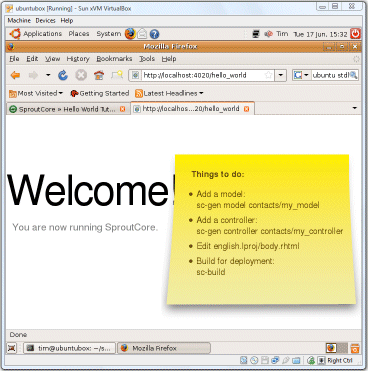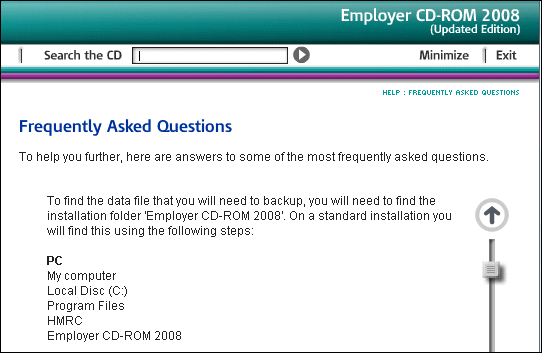Congratulations to the Wine community which has released Wine 1.0:
The Wine team is proud to announce that Wine 1.0 is now available. This is the first stable release of Wine after 15 years of development and beta testing.
Wine is a compatibility layer that enables Windows applications to run on Linux, Mac OS X, and other Unix-like systems.
Although in beta, Wine has been used in numerous commercial applications over the years. Two I can think of: WordPerfect 9 from Corel, and the Kylix IDE from Borland. More accurately, Kylix used Winelib, which uses the Wine API at compile-time rather than at runtime.
Another notable example is Google’s Picasa for Linux.
Despite this landmark, Wine seems less significant now than it did a few years back. For one thing, it is easier to write a cross-platform application. For another, web applications have grown in importance, reducing the number of native applications we need to run. Finally, virtualization is now a better, more compatible route to running Windows apps on Unix in many scenarios.


